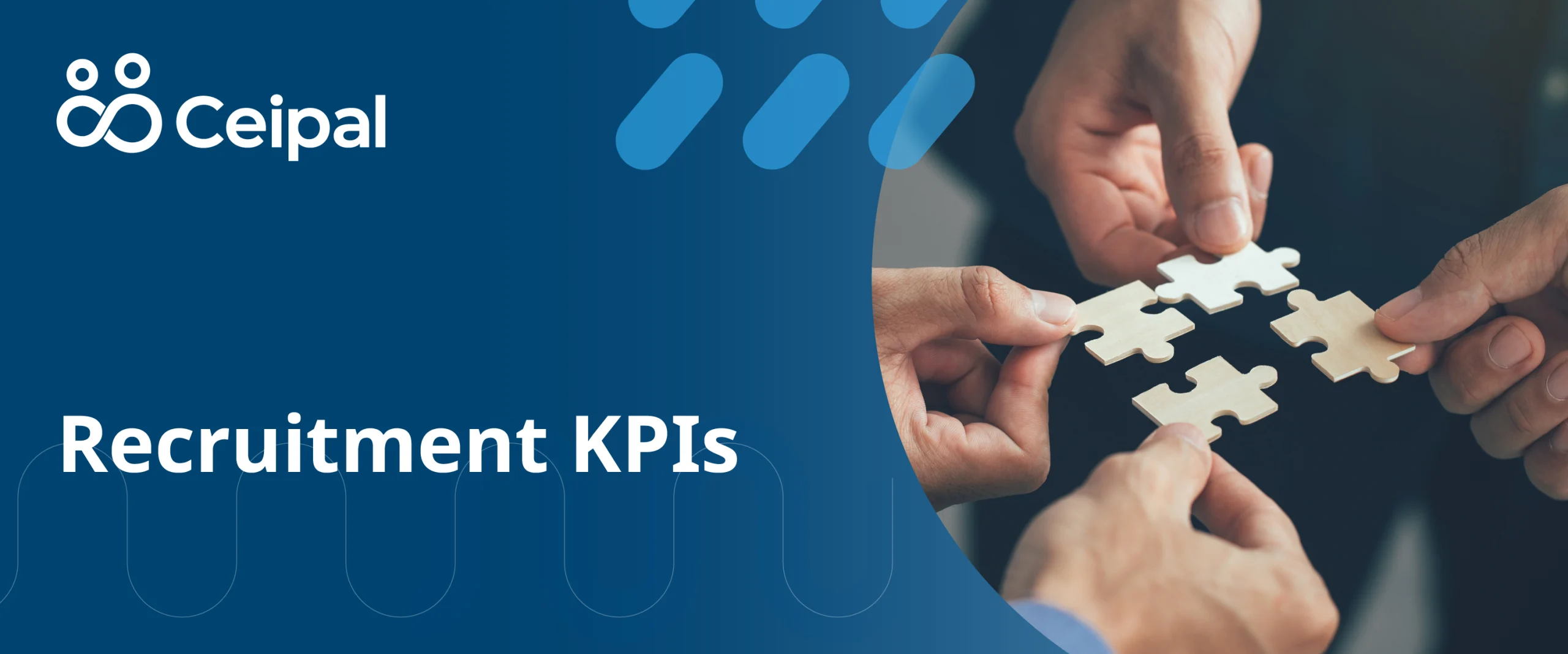Recruiting top talent is a main priority for any organization. Finding the right individuals who can drive your company forward is a challenge that every HR department faces. To excel, you need more than just intuition and experience; you need data-driven insights. That’s where Recruitment Key Performance Indicators (KPIs) come into play. In this article, we’ll explore the essential KPIs for recruitment success and how they can supercharge your talent acquisition efforts.
The Significance of Recruitment KPIs
Imagine you’re setting out on a road trip without a map or GPS. You might eventually reach your destination, but the journey will be fraught with wrong turns and delays. The same principle applies to recruitment. Without KPIs, you’re navigating in the dark. Recruitment KPIs serve as your compass, guiding you towards your hiring goals.
These essential KPIs offer multiple benefits, such as:
- Efficiency Enhancement: They help you identify bottlenecks and streamline your hiring process, reducing the time it takes to bring new talent on board.
- Cost Savings: By analyzing recruitment costs, you can allocate resources more effectively, ultimately reducing the cost-per-hire.
- Quality Assurance: Ensuring that you’re not just hiring quickly but also hiring the right people who will make a positive impact on your organization.
Essential KPIs for Recruitment Success
1. Time-to-Fill (TTF)
Time is money, and that certainly applies in recruitment. TTF measures the time it takes to fill a job vacancy from the moment it is posted. A long TTF can indicate inefficiencies in your hiring process, leading to potential talent loss, while a shorter TTF means you are securing top talent swiftly.
2. Cost-per-Hire (CPH)
Recruiting isn’t free, and CPH helps you understand how much it costs to bring a new employee on board. By tracking this KPI, you can optimize your recruitment budget, finding ways to reduce costs while maintaining quality hires.
3. Quality of Hire (QoH)
It’s not just about filling positions; it’s about filling them with the right people. QoH assesses the performance and impact of new hires. Are they meeting or exceeding expectations? High QoH means your recruitment process is effectively matching talent to roles.
4. Offer Acceptance Rate (OAR)
Getting candidates through the door is one thing, but getting them to accept your job offers is another. OAR tells you the percentage of candidates who accept your offers. A low OAR may signal issues with your employer branding or compensation packages.
5. Retention Rate
Recruitment isn’t just about getting new faces; it’s also about keeping them. Retention Rate measures how many employees stay with your company over time. High turnover can be costly and disruptive, making this KPI crucial for long-term success.
How To Use Recruitment KPIs Effectively
Now that you know the essential recruitment KPIs, how can you use them to enhance your talent acquisition strategy? Follow these guidelines, and you’ll be well on your way to an improved strategy.
- Set Clear Benchmarks: Establish achievable benchmarks for each KPI based on your organization’s needs and historical data.
- Regularly Monitor and Analyze: Consistently track and analyze your KPIs to identify trends and areas for improvement.
- Adjust Your Strategy: Use the insights gained from your KPIs to refine your recruitment strategy. For example, if TTF is too long, streamline your interview process.
- Invest in Technology: Leverage recruitment software and tools that can help you gather and analyze KPI data efficiently.
- Collaborate With Stakeholders: Involve hiring managers, recruiters, and other relevant stakeholders in KPI discussions to ensure alignment with organizational goals.
The Power of Data-Driven Decision Making
In the fast-paced world of recruitment, making informed decisions is crucial. Recruitment KPIs provide you with the data needed to make strategic choices that drive success. By understanding and leveraging these metrics, you can optimize your hiring process, reduce costs, and secure the best talent for your organization.
So, are you ready to transform your recruitment game? Start tracking those recruitment KPIs today and watch as your talent acquisition efforts soar to new heights. Success is just a few key metrics away!
FAQs
1. What is a KPI in recruitment?
A Key Performance Indicator (KPI) in recruitment is a measurable metric used to evaluate the effectiveness and efficiency of the hiring process. It helps organizations track and improve various aspects of recruitment, such as time-to-fill, cost-per-hire, and quality of hire.
2. How can I calculate Time-to-Fill (TTF)?
To calculate Time-to-Fill, you need to record the date a job vacancy is posted and the date when the position is successfully filled. Subtract the posting date from the filling date to determine the time it took to fill the position.
3. Why is Quality of Hire (QoH) important?
Quality of Hire measures the overall effectiveness of your hiring process by assessing the performance and impact of new hires. It’s crucial because it ensures that the candidates you bring in not only meet the job requirements but also contribute positively to the organization.
4. What is a good Retention Rate in recruitment?
A good Retention Rate in recruitment varies by industry and organization. However, a general benchmark is to aim for a retention rate of 85% or higher. A lower retention rate may indicate a need to address employee satisfaction and engagement.
5. How often should I review recruitment KPIs?
It’s advisable to review recruitment KPIs regularly, such as on a monthly or quarterly basis. Regular reviews help you stay proactive in addressing any issues in your recruitment process and making necessary adjustments for improvement.







